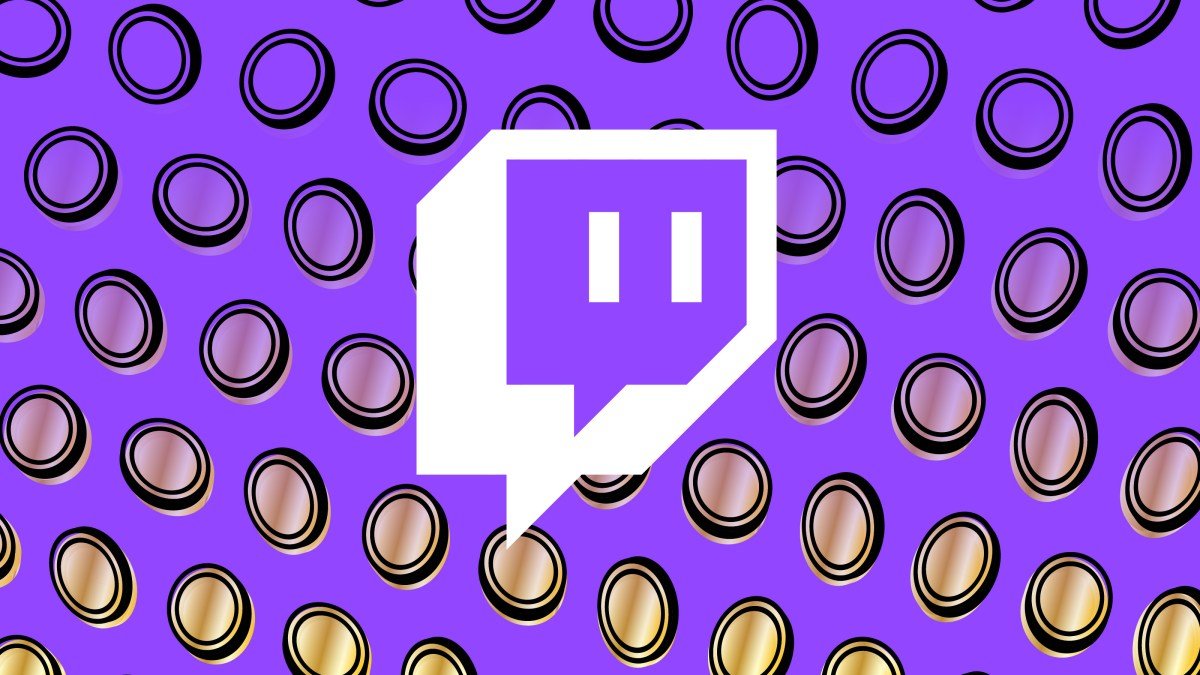Twitch is revolutionizing its premium revenue sharing program by introducing a new tier, appropriately titled the “Plus Program”, which boasts a 60/40 revenue split and lowered qualification requirements, opening the doors for smaller creators to join.
“We know that streamers have been quite clear, it’s a priority for them to have access to higher revenue shares, so we launched the Partner Plus program in its initial form,” said Mike Minton, Twitch’s Chief Monetization Officer.
“There was some feedback to say, ‘Hey, I gotta be a really large streamer [to qualify], ‘ but this update changes that in a big way.”
The Plus Program, available to both Affiliates and Partners, will begin in May and also includes the removal of the $100,000 annual cap on 70/30 revenue splits for qualifying partners. This move comes after Twitch acknowledged that the cap was hindering streamers’ earnings and growth opportunities, and even acting as a disincentive.
“We wanted objective, clear criteria for monetization,” Minton shared. “So we removed the Partner requirements while maintaining the sub requirements to ensure more creators could have access to it.”
In addition to lowering the qualification criteria for the 70/30 split, the update also introduces an intermediate tier, providing a clear path for streamers to reach their desired revenue split. To qualify for the new 60/40 revenue split, streamers must maintain 100 Plus Points for three consecutive months. The requirement for the 70/30 split has also been lowered from 350 Plus Points to 300 Plus Points. Each paid monthly subscription counts towards the point total, with high tier subscriptions assigned higher point values.
“These are not permanent numbers and we will continue to work to serve the needs of the community by changing them in the future,” Minton assured.
Bad news, however, also accompanied the update for some streamers. Starting June 3rd, Prime Gaming subscriptions – included with an Amazon Prime membership – will now be paid out at a fixed rate based on the subscriber’s country, instead of the usual revenue share rate.
“The streamers most likely to be affected by this change,” Twitch CEO Dan Clancy stated in a blog post, “are those who currently qualify for the 70/30 revenue split. However, removing the annual cap will help offset the impact on monthly income. We plan to publish and update the rates each year.”
Many streamers expressed disappointment with the original Partner Plus Program, stating that the high qualification criteria excluded the majority of creators. This program was launched as Twitch shifted away from a 70/30 revenue split offer to individual streamers in favor of prioritizing ad revenue. In response to this feedback, Twitch introduced a point system to account for tiered subscriptions, with higher tier subscriptions (costing more to purchase) weighted more heavily. For instance, Tier 1 subscriptions ($4.99) are worth 1 point, Tier 2 ($9.99) subscriptions are worth 2 points, and Tier 3 subscriptions ($24.99) are worth 6 points.
While the Plus Program will be available to Affiliates, it does not guarantee Partner status. Partners must still meet Twitch’s “editorial judgement” in addition to reaching viewership requirements, which are based on consistency.
“We wanted to ensure that we are supporting all kinds of creators, whether they wanted to be Partners or not,” Minton explained.
Minton addressed the fact that some streamers have spoken out against Twitch’s current platform, with several turning to other streaming options such as YouTube and Kick, which offer more favorable revenue sharing rates with lower qualification criteria. Twitch and Clancy both agreed that increasing the 70/30 revenue cap would motivate streamers to remain on their platform, after listening to the community’s input on monetizing opportunities.
“Streamers were, at least anecdotally, providing examples where they were shifting their priorities, where they were changing their behavior as a consequence,” Minton shared. “It just became really clear to both of us that we really wanted to uncap that opportunity and ensure that streamers felt like our interests were aligned, they were motivated to continue using our revenue products, and didn’t change behavior.”
The recent updates, Minton clarified, were not reactive changes but rather a deliberate process in establishing a more transparent framework for monetizing on the platform. While competitive pressures from other streaming platforms may influence Twitch’s decisions, they are not the sole deciding factor.
Twitch has made big changes over the past year, but continues to struggle with profitability. Earlier this month, the company laid off 35% of its workforce (roughly 500 employees), making it the second mass layoff in under a year. Last month, it also announced plans to shut down its service in South Korea due to expensive network fees.
However, Minton denied any implication that these cost-cutting measures were tied to the expansion of monetization opportunities for streamers. He stated that while one decision may be informed by the other, the changes made to Prime subscription payouts and the Plus Program have been in the works for months. Twitch remains focused on increasing sponsorship opportunities and making decisions based on its long-term sustainability.
“How we manage the company, or as Dan often talks about making sure we’re here for the next 50 years and beyond, is an ongoing long-running thread, and of course revenue shares are a part of that,” Minton concluded. “But it’s independent from our other, really important focus on increasing the size of the pie for streamers.”








